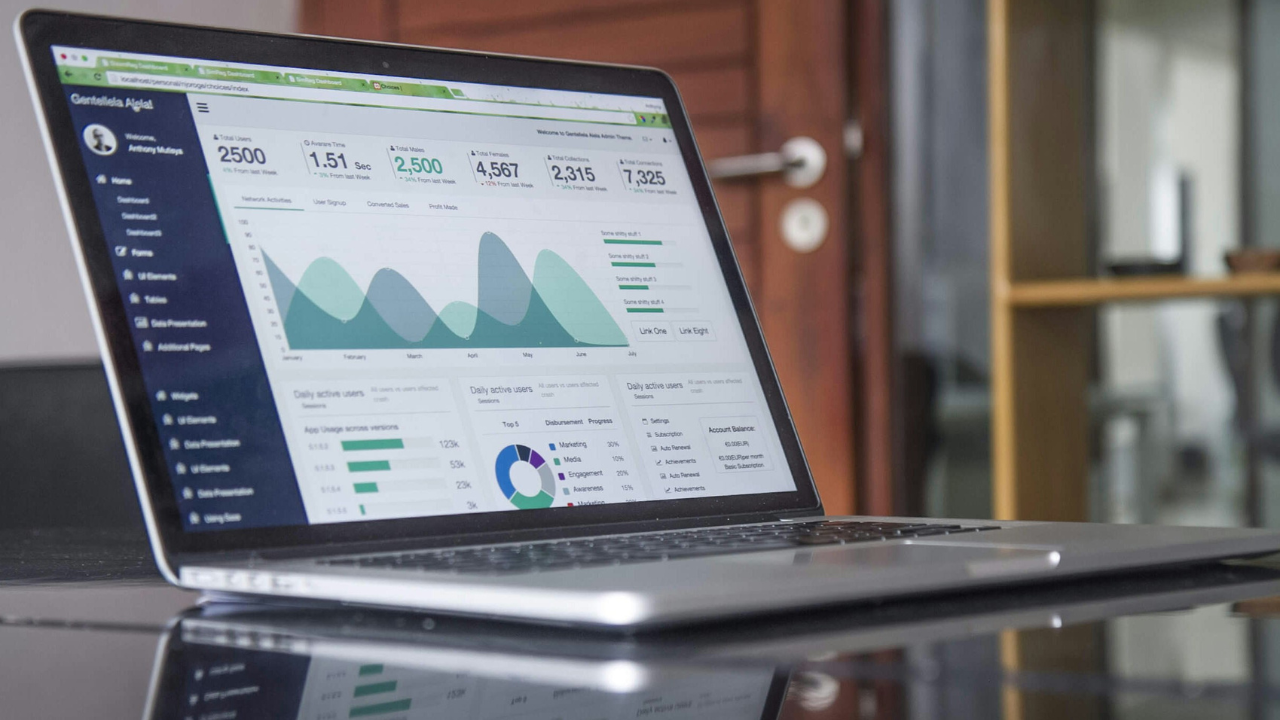The Simple Path to Faster Growth: How to Run Growth Experiments for Startups
Growing your business comes down to a single element that you may not be fully leveraging: well-defined growth strategies. Ready to learn a systematic approach to start learning what growth channels will work best for your business? In today’s post, Craig Zingerline will walk you through the process of defining and running growth experiments, measuring results, and getting your team on board with a culture of experimentation.
He also covers the exact process to build your business’ next growth experiments, allowing you to harvest data and replicate the process to begin growing more predictably.
Craig is an award-winning product strategist and six-time founder, consulting across hundreds of startups as they navigate various growth and launch phases. He has held significant growth and product leadership roles at companies such as Sandboxx, Upside Travel, Votion, e-Dialog, New Signature, and more. He continues to teach business owners like himself the benefits and proper process of creating experiments for sequential business growth, and showing them how to harvest and leverage the data to turn results into action.
In this video, Craig addresses the growth concerns of business owners who are currently in the startup phase, or those who are looking to launch a new initiative or product for their business. He then shows the exact steps to take to begin the first round of experimentation, and how businesses can leverage that for exponential growth.
Read on to watch the video replay, or to enjoy the key takeaways from Craig’s session. If you’d like to connect with Craig directly, you can do so via his GrowthMatch profile.
Key Takeaways
- There are two things that successful businesses do: 1) Understand what works and 2) Understand what doesn’t work. This allows them to fully lean into what is actually delivering growth results for their business.
- Trusting your team to act autonomously is essential to business growth and successful experimentation, as well as creative idea flow for potential future improvements.
- Startups are often founded by fast-paced and creative people with many ideas. This is powerful — but harnessing the power of experimentation can help to turn these ideas into tangible markers of progress in a business — like new products or services.
- For proper experimentation, it’s important to avoid the single-variable exchange process. There is a much more nuanced set of steps that have to be followed in order to yield comprehensive and actionable data.
- If you struggle with anxiety around launching growth experiments, you’re in good company. Change can be difficult. However, inaction is still action — and experimentation allows you to skew the results to be more relevant to your business goals.
- Dealing with fear of failure? Consider these two (worse) outcomes: business apathy and stagnation, or building an entire product or launch off of bad data. Either of these can accelerate your worst fear, and can be prevented by experimentation for business development and growth.
- Understand that not everything that you do will work, and that’s okay!
What are the steps for a tailored business growth strategy?
- Make a hypothesis. Take on the brainstorming process with your team and individually, prioritizing this step for best results. Find someone to “champion” the process through the final step; from hypothesis to “decision day.”
- Find a control or baseline in your business for whatever metric you plan to experiment with. A good question to ask is: “What are you looking to measure change off of?” Usually, this is an old KPI or standard.
- Determine your variants — or the elements that you plan to change. You can have several ready, and test one at a time for correct data yield.
- Choose a method of measurement that can show your results as accurately as possible. This may be a software solution, or a manual method (depending on what you’re measuring!)
- Track everything that you can, whether it’s a result or a lesson. This is especially important to get the most out of your experiment.
- Finally, it’s “decision day” — where you’ll decide if it’s time to “kill, scale, or hold steady” based on the results of your data and next steps forward. No matter what conclusion you come to, align your organization and act to avoid lost momentum in your business.
Tips for creating and running growth experiments
- Every experiment should have a testable hypothesis. It’s important to choose one per experiment to avoid inaccurate or skewed results.
- Build a culture of experimentation in your business. To do this, simply…
- Promote opportunities for experimentation and failure among your team members in their respective departments, or cross-functionally.
- Vocalize that mistakes are expected, and accept them gracefully as possible through the process — even if there’s lost cost involved.
- Focus on building collaboration points weekly to share ideas and updates to fuel innovation-driven momentum in your business.
Succeeding in developing a growth strategy for your business
- Never base your experimental success on revenue. Revenue is a lagging metric, which is generally led by predetermining factors like engagement and retention.
- Struggling to find your next hypothesis? Try writing your business goals on paper, and determine possible steps to get there.
- By taking it out of your head and collaborating with your team, you’ll be able to both encourage experimentation in your culture and move at a faster pace to get through the hypothesis phase.
- Don’t be afraid to form your first few experiments on riskier hypotheses. There isn’t really failure — in the end, no matter what your results, it will just be more data to capture and use to refine your business processes.
- There are two main reasons for failure in the business experimentation process: taking too little risk with your hypotheses, and not allocating enough time or resources to the process. Experiments require consistency, adequate resources, and a moderate amount of risk (at a minimum!)
- Take bigger swings to make your experiments more impactful to your bottom line. Experimenting with changes to “big” things first—like pricing structures, user experiences, and messaging—can help you get big results quickly.
On behalf of the team and community at GrowthMatch, we want to send Craig a huge THANK YOU for sharing his knowledge with us. If you want to work with Craig, you can visit his profile here.



